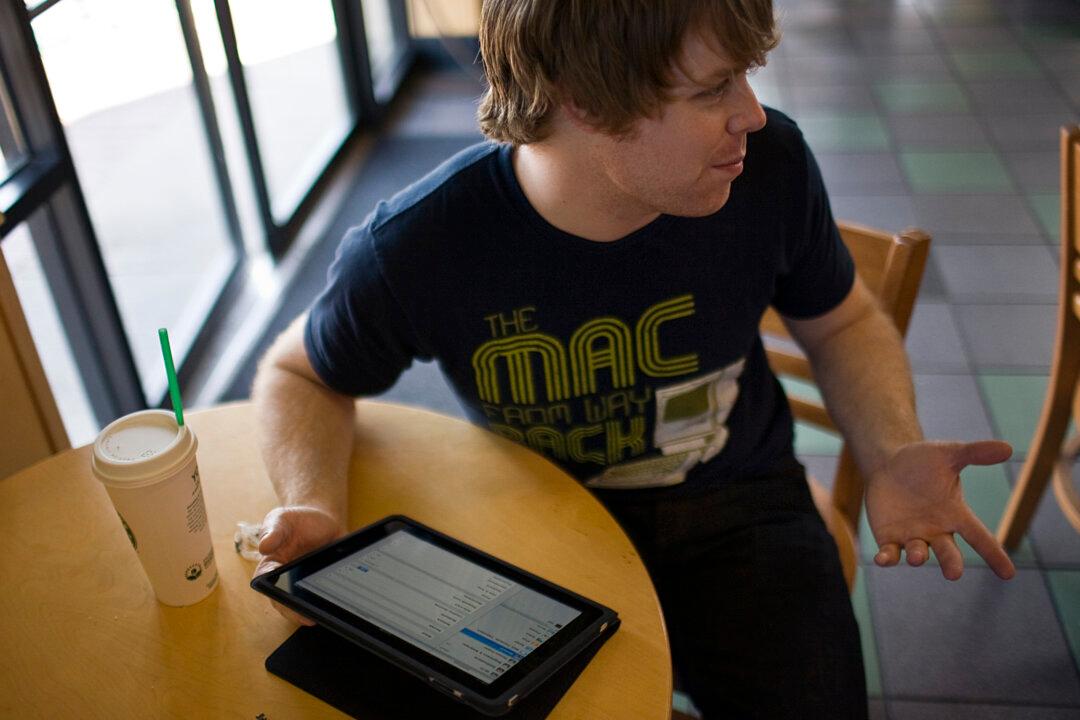First quarter 2015 ended with a realized increase of 9 percent in desktop e-commerce; year over year that is roughly $93 billion in spending.
Mobile and desktop e-commerce accounted for $1 in every $7 of a consumer’s discretionary spending in first quarter 2015, according to ComScore. Most of the desktop e-commerce sales are being driven by two key industries: retail and travel. Nearly all e-commerce categories (apparel, travel, video, event tickets, flowers, etc.) showed very strong growth.
It’s clear that having a solid plan to harness the power of e-commerce can play a huge part of increasing revenue. As smartphone adoption matures and tablets usage continues to grow, it is equally important to ensure all platforms (mobile and desktop) are covered within an e-commerce strategy.
A notable trend in today’s e-commerce landscape is the importance apps. Many users gravitate to shopping within an app because of the richer experience. As you can imagine, this yields increased time spent on apps and mobile devices are propelling this growth. An app’s high engagement is realized within select areas such as: social media, radio, gaming and retail.
Social media is huge due to the amount of time users spend sharing details of their lives every day. It is also an area that many businesses are discovering opportunities to grow their business. Radio’s proliferation into digital audio offers an attractive option to listening online. In many cases, this online experience is customizable by users. And let’s not forget the fascination and enjoyment gaming offers. Games like “Candy Crush Saga” and “Angry Birds” are popular. All of these offer opportunity to seed messages about your business, app and/or e-commerce site. Of course, one should take care that this is achieved organically.
But mobile e-commerce platform doesn’t always translate into easy purchasing experience for the consumer. Trends have shown that many consumers see the desktop as a better, safer, and easier experience to purchase items. Other inherent problems with mobile e-commerce include viewablity of product details, ease in navigation, or interruption in connection.
Essentially, it is vital to ensure that any e-commerce channel (desktop or mobile) is an enjoyable experience for the consumer. The longer you can keep a consumer on your e-commerce site, the better the chances are the consumer make a purchase.
Simplicity puts the consumer first and safeguards privacy. If you can achieve the basics, you are on your way to developing a longer term relationship with your desired audience. After all, the goal is to convert a shopper into a long-term customer.
Adele Lassere is a marketing/advertising consultant with 20+ years experience, freelance writer and author of “Elements of Buying” (self-help advertising guide); available at Amazon.com. Adele was listed as Black Enterprise’s 2011 Top Execs in Marketing & Advertising and Black Enterprise’s 2013 Top Women Executives in Advertising & Marketing. Contact: [email protected]



